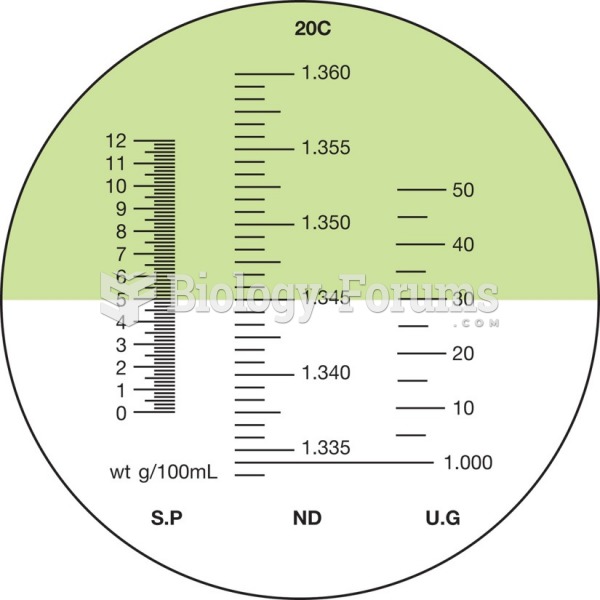|
|
|
Bacteria have been found alive in a lake buried one half mile under ice in Antarctica.
Hippocrates noted that blood separates into four differently colored liquids when removed from the body and examined: a pure red liquid mixed with white liquid material with a yellow-colored froth at the top and a black substance that settles underneath; he named these the four humors (for blood, phlegm, yellow bile, and black bile).
The Centers for Disease Control and Prevention (CDC) was originally known as the Communicable Disease Center, which was formed to fight malaria. It was originally headquartered in Atlanta, Georgia, since the Southern states faced the worst threat from malaria.
More than 150,000 Americans killed by cardiovascular disease are younger than the age of 65 years.
The ratio of hydrogen atoms to oxygen in water (H2O) is 2:1.







